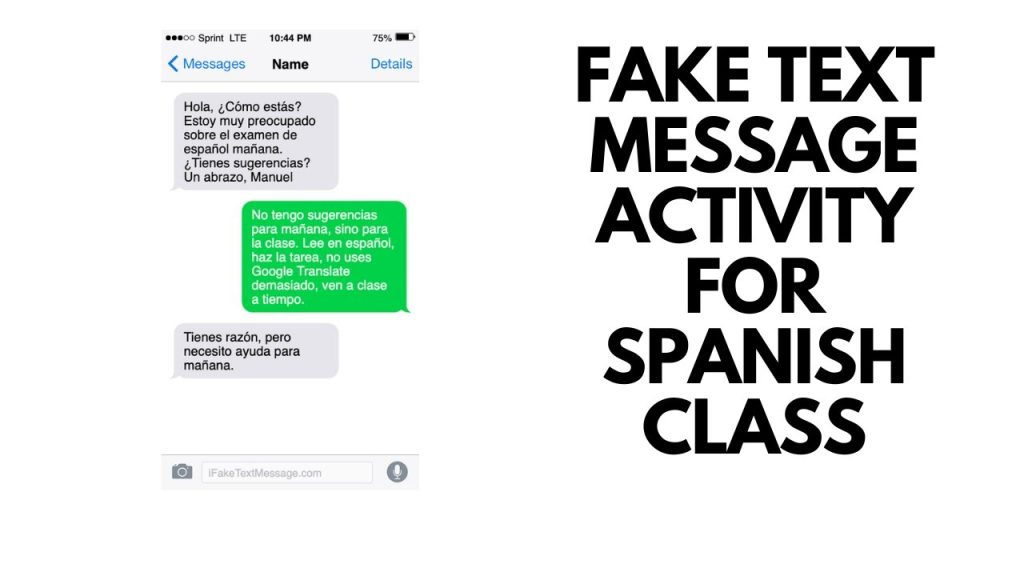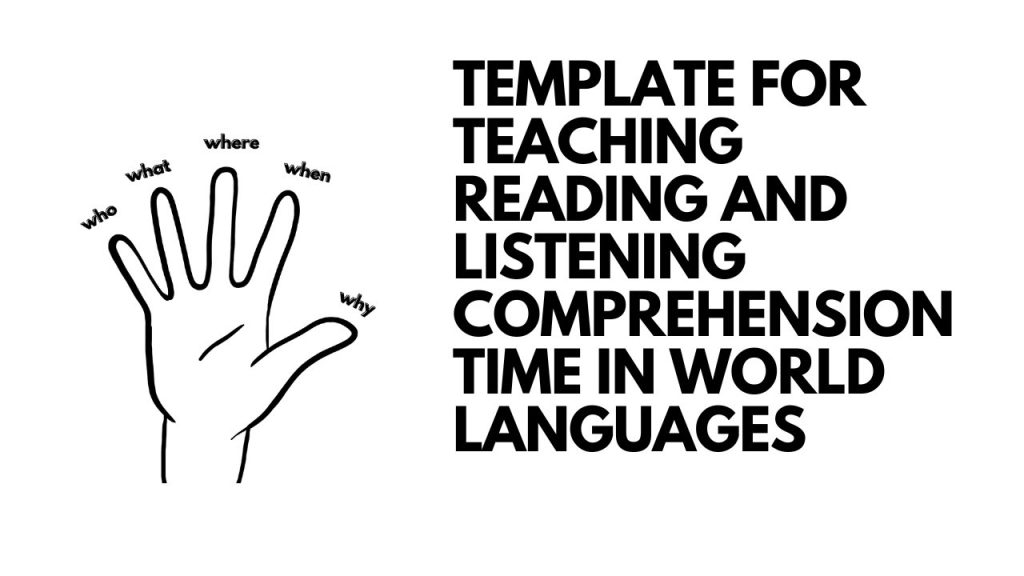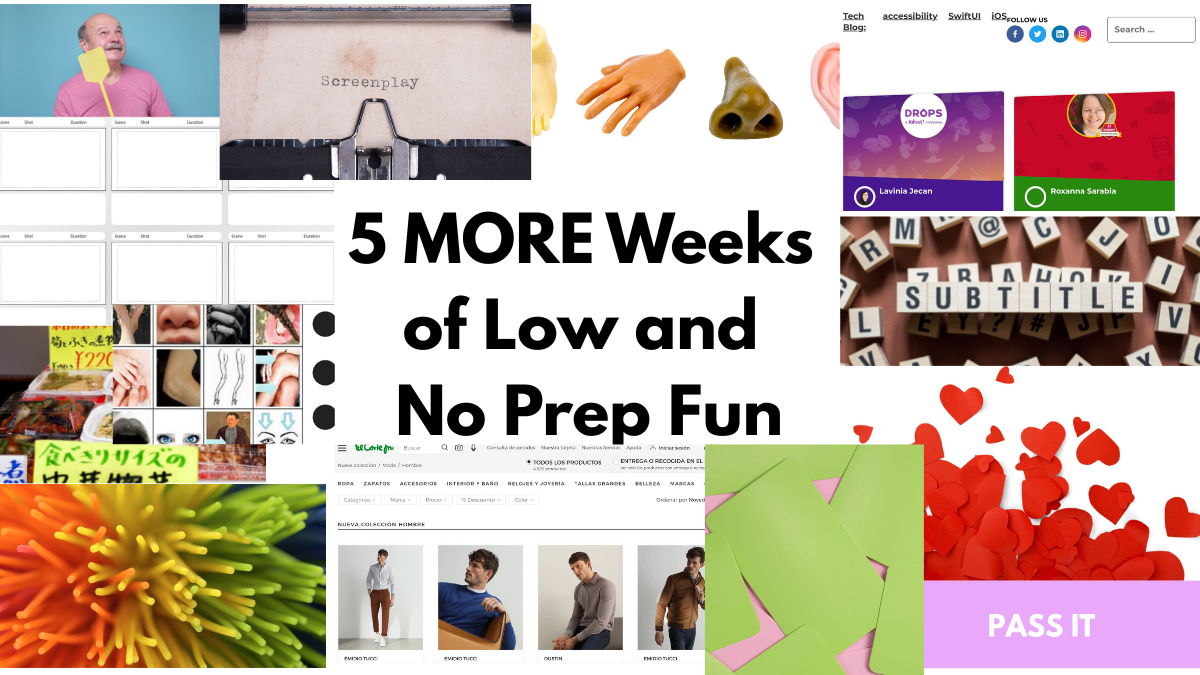
If you teach languages and want quick, engaging ways to get students talking, this roundup collects the best low-prep and no-prep ideas from a talk I gave and expands on how to use them at different levels.
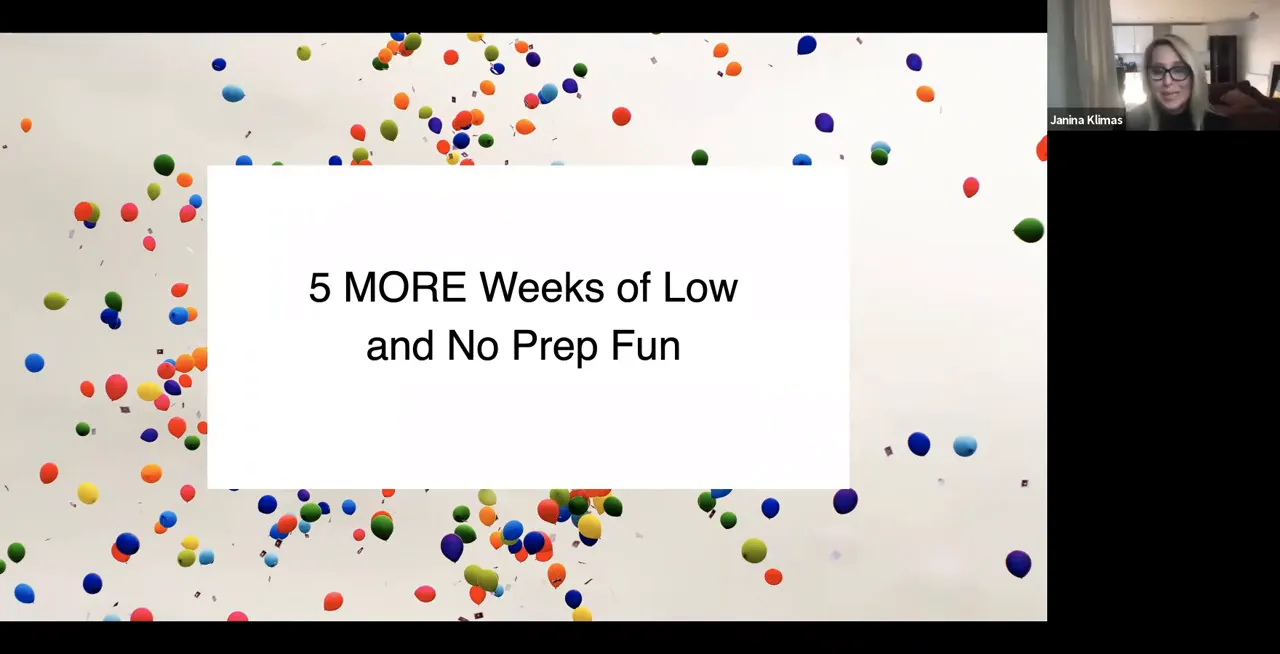
Why low- and no-prep activities matter for Teaching Languages
Language teaching is energy-intensive. The best short activities do three things: they lower teacher prep, increase student interaction, and deliver meaningful practice in context. These ideas are meant to “just kind of be in your back pocket” so you can pull them out to support whatever theme or grammar point you’re covering.
“Just kind of be in your back pocket and work with whatever it is you’re doing.”
Quick tech wins
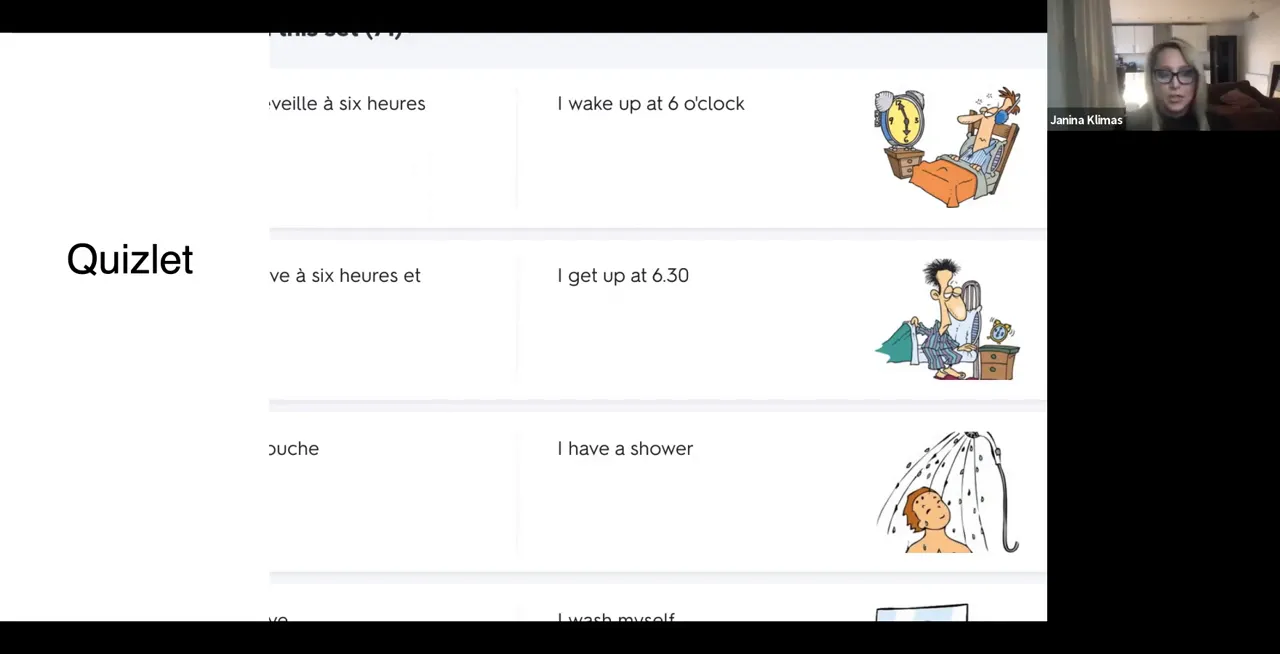
When you have basic tech access, a handful of online tools will save you time and create lively competition:
- Quizlet Live — Use existing sets or make your own. The live mode auto-generates teams and codes; perfect for 10-minute warm-ups or formative checks.
- Kahoot — Similar to Quizlet but with a different interface and polling options; many teachers prefer it for whole-class games.
- LyricsTraining — Turn pop songs into a listening and vocabulary activity by filling in missing words; great for culture and grammar focus.
These tech options work equally well online and in-person; for remote lessons, use chat boxes, screen sharing and gallery submissions to keep the interactivity.
Movement and Total Physical Response

Movement helps beginners memorize vocabulary. Try these:
- Fly swatter — Place picture cards or words in the centre; call an item and have students slap the correct card. Follow with a pass-it round set to music and stop-the-music recall.
- Koosh/throwable ball — Toss a soft ball and have the catcher produce a target sentence, answer a question, or ask the next person a prompt.
- Post-it labelling — Students write vocabulary on post-its, stick them on themselves (or on a desk figure), then do draw-what-I-say tasks—useful for body parts, classroom vocabulary and review days.
Subtitles, movie talk and storyboards
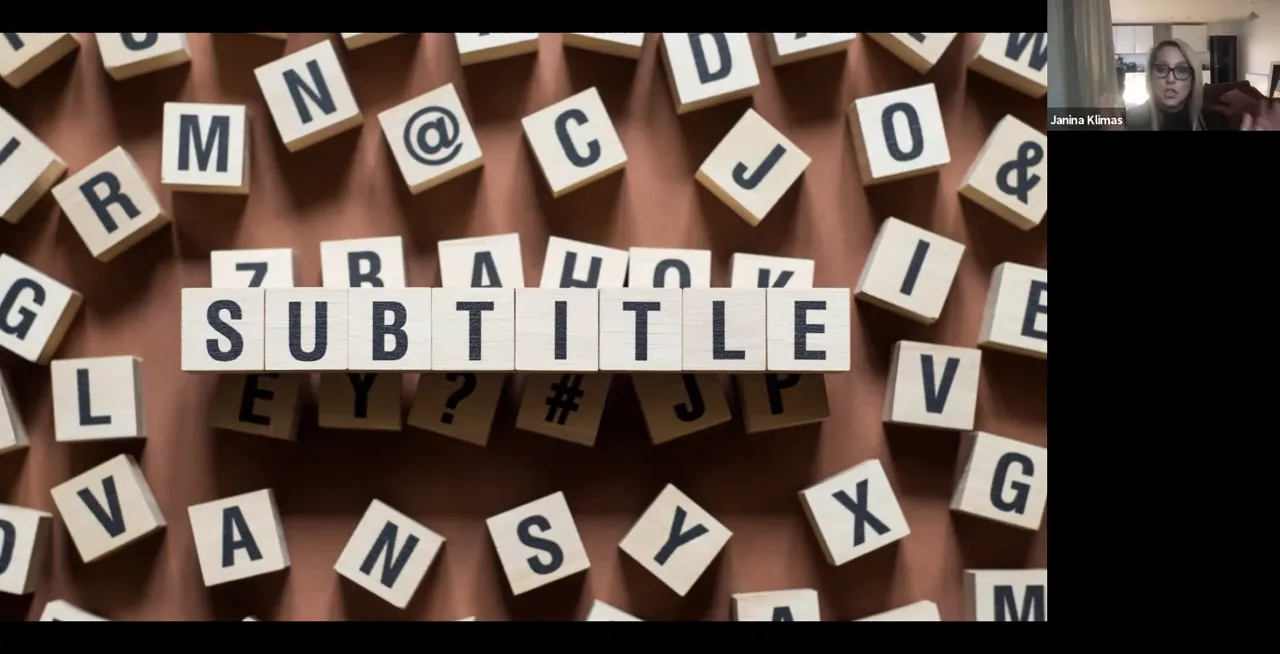
Authentic video is a goldmine for listening, culture and speaking practice.
- Subtitles / Movie Talk — Show short clips repeatedly. Beginners watch 2–3 minute clips; learners write possible subtitles, list six things they hear, or describe what’s happening in the target language.
- Storyboard — Give students storyboard frames to sketch six key scenes from a reading or clip and write captions beneath. This forces close reading and repeated reference to the text for meaning.
- Screenplay / Reader’s Theatre — Have students write a one- or two-minute screenplay (one page ≈ one minute) and perform it as readers’ theatre. Use Google Docs add-ons to format quickly.
Low-tech, high-impact paper activities

Paper and index cards are deceptively powerful:
- Shopping tasks — Use real online store pages from different countries that share the target language. Assign shopping lists (e.g. for a ski trip or a wedding) so students select culturally appropriate items and justify choices.
- Post-it stations — Use colours for different story parts (beginning, middle, end); groups write segments and you mix-and-match to create new, entertaining stories.
- Index cards — Flashcards become go-fish, team matching games, or quick rapid-fire classroom quizzes.
Simple games you can use tonight
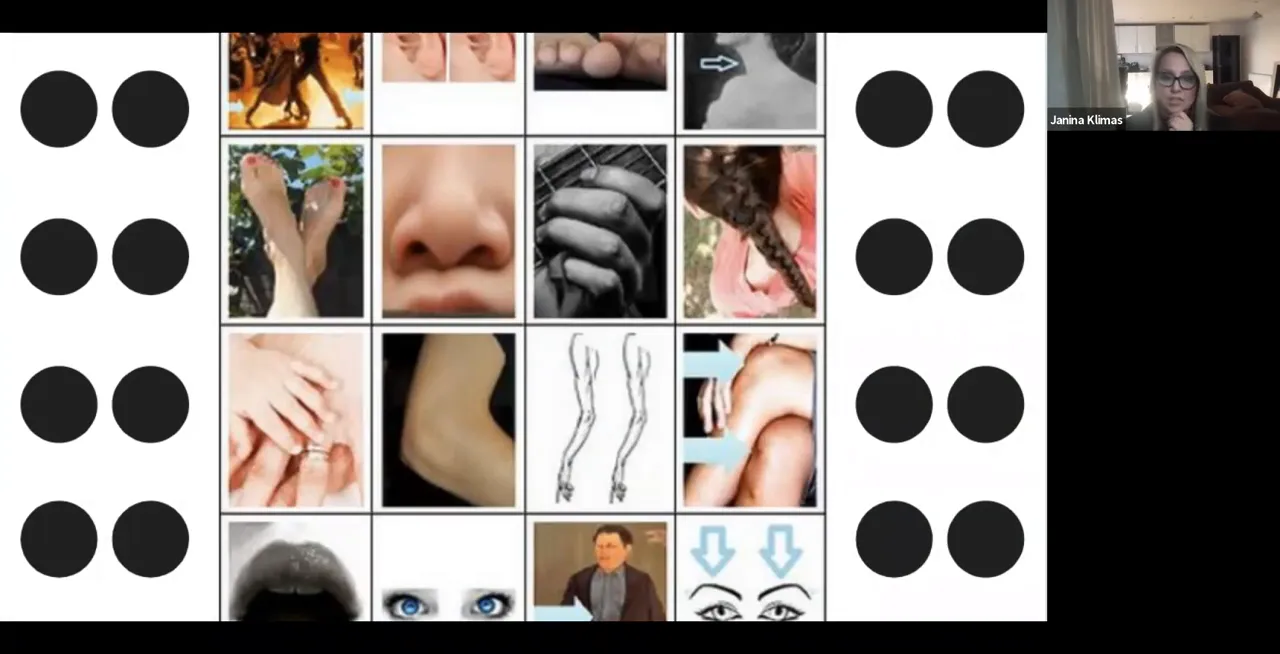
Turn routine practice into a game night. Pick three or four quick activities for a class and rotate:
- Bingo (nine-grid no-prep version)
- Hangman for vocabulary recall
- Pictionary / Draw-what-I-say
- Buzzers for quick-answer team quizzing
- Dice for conjugation or number practice (physical or online dice)
Speaking first: coffee talk and galleries

At the end of the day, the best practice is sustained speaking. Create low-stress speaking tasks:
- My Fridge / My Closet — Students give a short tour (photos, slides or recorded Flipgrid posts) describing items. It’s a natural way to recycle vocabulary and encourage spontaneous speech.
- Coffee Talk — A relaxed, teacher-facilitated conversation circle. Provide support (question prompts, vocabulary banks) for novice learners; let advanced learners lead debates or cultural exchanges.
- Compliment hearts & letters — Use cut-out hearts for short writing tasks (compliments, gratitude notes). For advanced grammar (e.g. subjunctive), have students write short letters using the target structures.
“Sitting down around a group of people and talking to them — that’s how you learn a language.”
Take it outside: nature walks and project wrap-ups
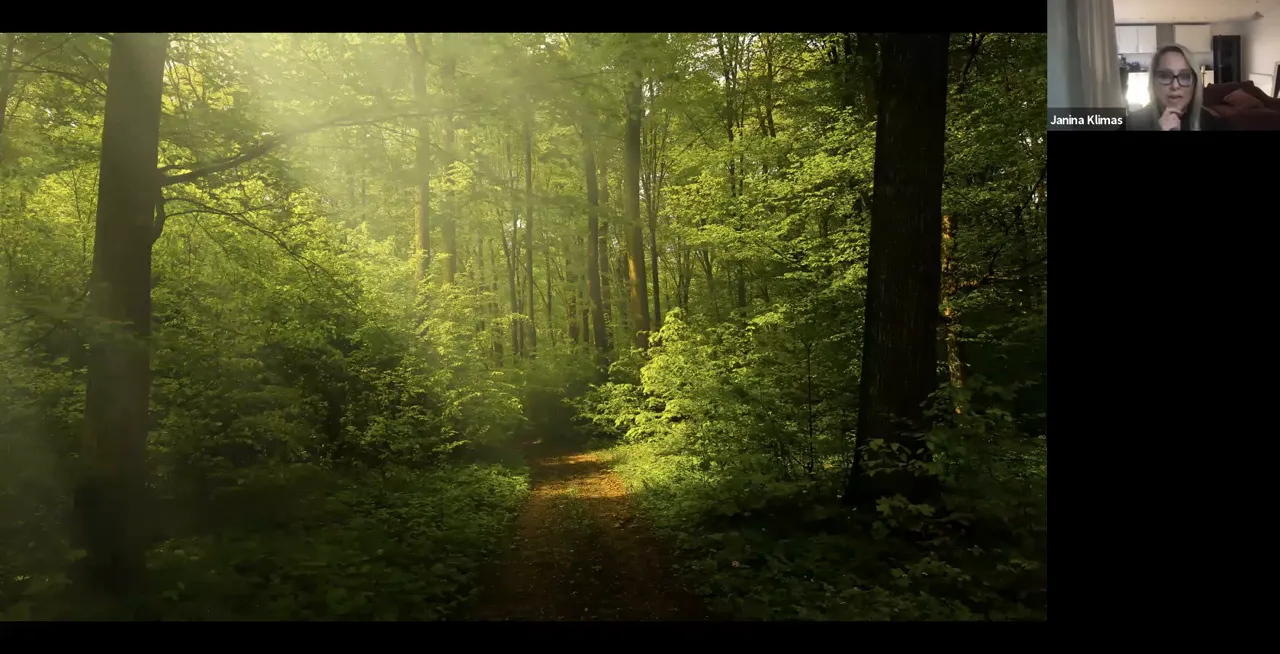
When weather allows, a nature walk helps learners negotiate meaning in real contexts. Give groups a vocabulary checklist, clipboards, and a brief to sketch/find items. Afterwards, compile the class list and turn findings into illustrated vocabulary maps or short presentations.
Resources and next steps
There’s a free e-book with 25 expanded activities linked from the original video’s description — perfect if you want printable templates and level-specific adaptations. Use these activities as modular tools: mix a tech warm-up, a movement activity, and a speaking gallery in a single lesson and you’ll hit comprehension, production and retention without heavy prep.
Quick checklist before class
- Decide your target vocabulary/grammar for the day.
- Pick one tech activity (Quizlet/Kahoot) and one physical/no-tech activity (post-its, fly swatter, koosh).
- Prepare a 2–3 minute clip or a simple storyboard prompt if you want video/story work.
- Leave 10–15 minutes for coffee-talk style speaking practice or a gallery share.
Conclusion
If you teach languages, these quick activities will help you keep energy high and student output steady. Use them in rotation—flip between tech, movement, storytelling and low-tech games—to make learning memorable and joyful. Keep a few of these “in your back pocket” and you’ll always have an easy, effective plan for review, culture work, and communicative practice.
Want the printable templates and level-specific adaptations? Check the free guide in the video description for 25 detailed activities.
